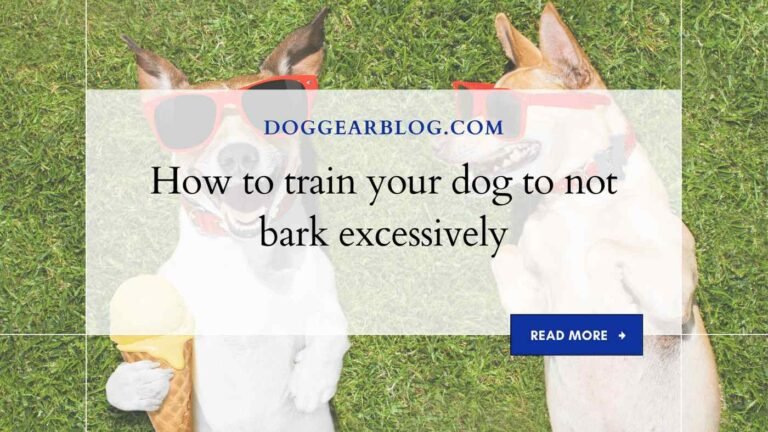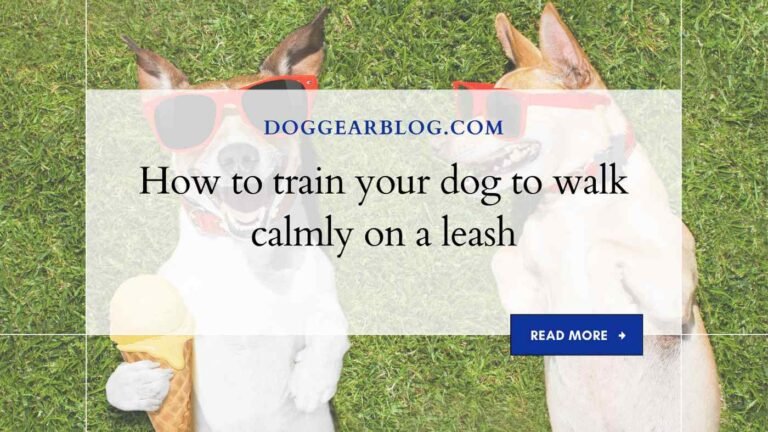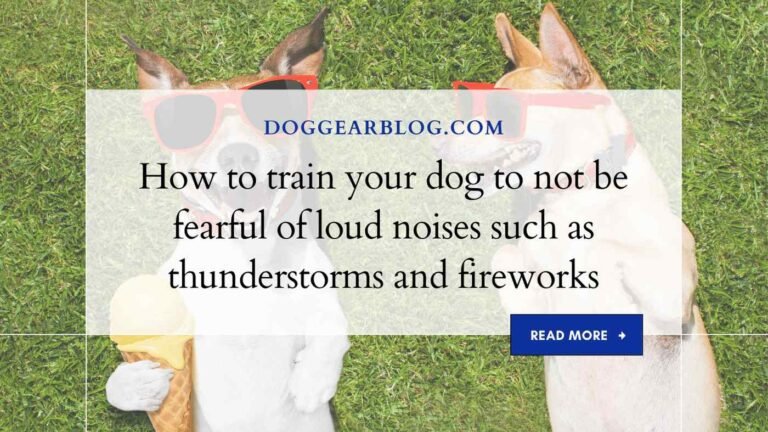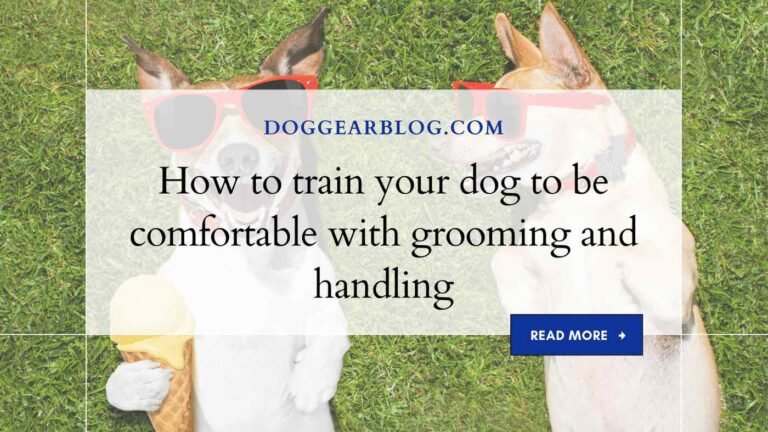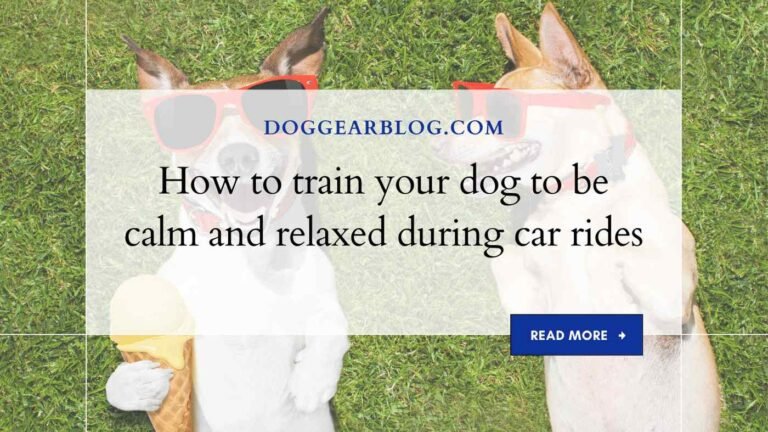What are some common training mistakes to avoid when working with your dog?
Being a dog owner is one of the most fulfilling experiences, but it comes with its own unique set of challenges. Training your furry friend can be exhilarating and frustrating in equal measure. While some may have a knack for teaching their pets new tricks quickly, others struggle to make any progress at all. But fear not!
In this blog post, we will explore some common mistakes people make when training their dogs and provide tips on how you can avoid them for more successful training sessions. So get ready to unleash your potential as a dog trainer by learning from these proven techniques!
How to train your dog without making mistakes
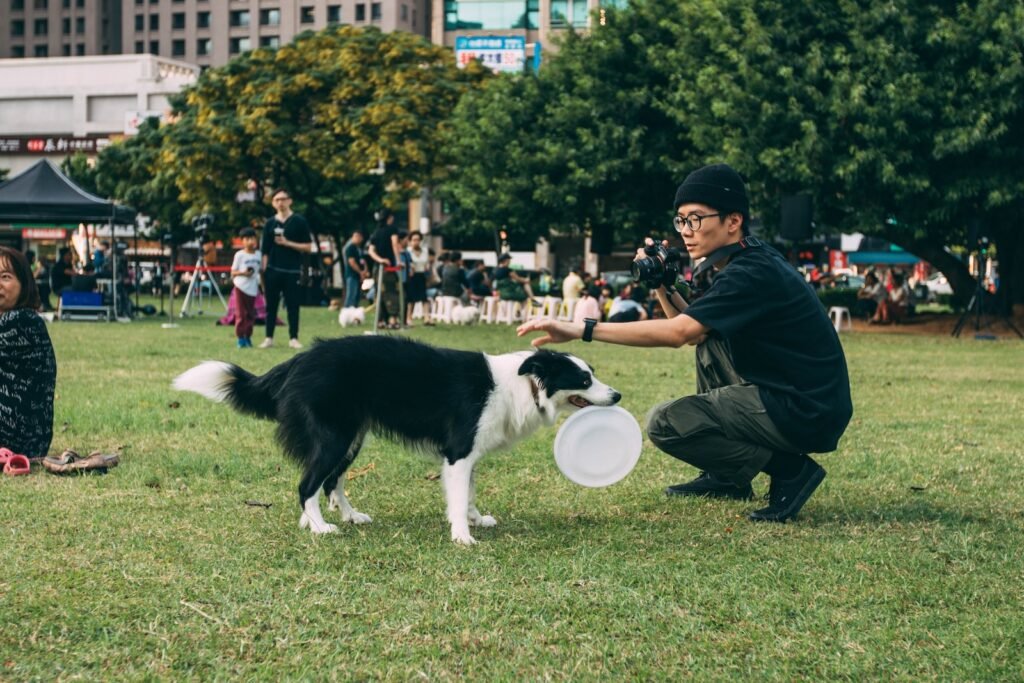
Start by providing your dog with plenty of exercise. This will help him be more obedient and hyper-responsive to your commands.
Avoid using physical punishment when training your dog. He may associate this type of reinforcement with unpleasant experiences and lose faith in you as a trainer.
Create a positive training relationship with your dog by praising and rewarding good behaviour. This will help him associate positive behaviours with rewards, making it easier for you to teach new skills.
Training should be consistent and gradual – never force your dog into doing something he’s reluctant to do. Always use positive reinforcement (drops of food, playtime, etc.) when training to ensure that he internalizes the lesson instead of just behaving out of habit or instinct.
Never leave your dog alone when training – he may become bored or frustrated, and might start behaving out of character. Always be nearby to provide reinforcement and help when needed.
Never use cruel or abusive methods to train your dog – this will only make the bond between you and him weaker.
If you have any questions about training your dog successfully, don’t hesitate to contact a professional trainer.
The importance of obedience training
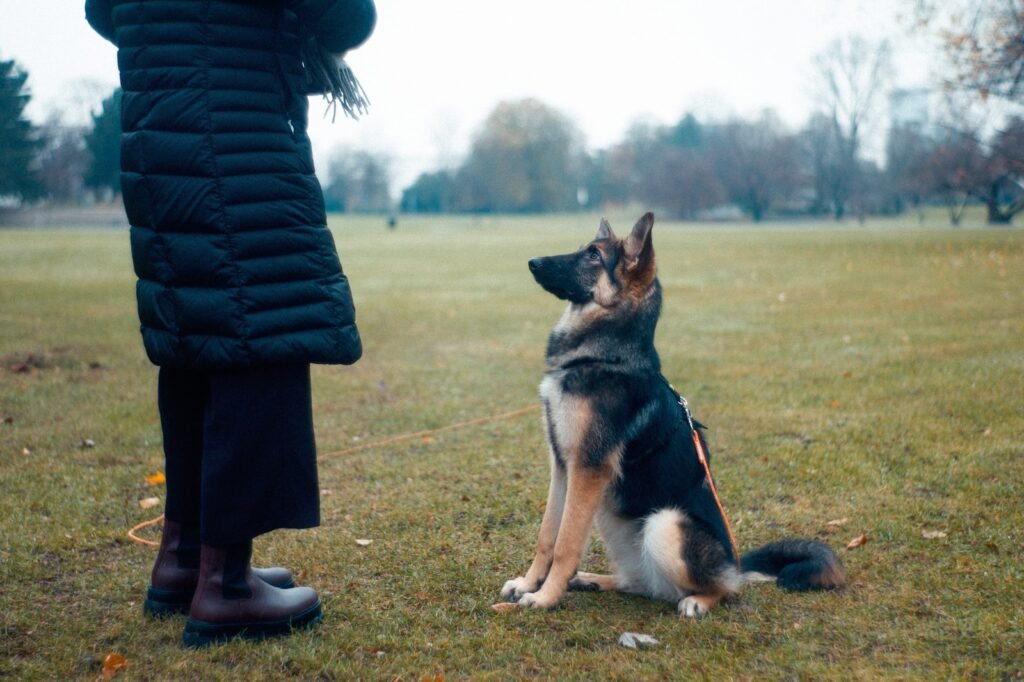
Obedience training is one of the most important things you can do with your dog. Not only will your dog learn how to behave properly, but they will also become your loyal friend.
There are many ways to teach obedience, and each method has its own advantages and disadvantages. Here are some common training mistakes to avoid:
- Making rewards too sporadic or random. Dogs need predictability in their lives if they’re going to learn how to behave properly. Once you’ve taught your dog a few basic commands, make sure each reward (positive reinforcement) is tied directly to their performance. This way, your dog won’t be confused about what behavior is required in order for them to receive a treat or toy.
- Teaching commands before your dog has learned how to listen carefully and obey instructions correctly. It’s important that you first teach your dog the basics (sit, down, stay), so that they understand what is expected of them when it comes to obedience training. You should also wait until your dog shows signs of being obedient (eagerness to obey), rather than attempting to train them from scratch immediately. This way, you’ll be able to avoid frustrating and ineffective behaviors along the way!
- Overusing physical punishment (punishment should always be reflective of the offense). Physical punishment isn’t always necessary when training dogs – in fact, it can often be counterproductive! Rather than using physical punishment (or any kind of punishment), try using positive reinforcement (rewards) instead. This will help your dog learn that good behaviors are rewarded, and bad behaviors are punished.
- Telling your dog ‘no’ excessively. This might seem like a logical thing to do when you’re trying to reinforce good behavior, but overuse of ‘no’ can actually have the opposite effect. When your dog hears ‘no’ used frequently, they’ll begin to associate it with punishment, which will make them less likely to obey in the future. Try using a firmer voice when you’re disciplining your dog, but use positive reinforcement instead of punishment to reward good behavior.
Obedience training is a gradual process that takes time and patience. By following these tips, you’ll be able to successfully teach your dog how to behave properly.
For more information on obedience training, please browse our Dog Training section.
The basics of clicker training
Selecting the right dog for clicker training is one of the most important decisions you’ll ever make. Not all dogs will react positively to clicker training and not all dogs will be good candidates for this type of training.
There are some general guidelines that will help you choose a dog who is likely to respond well to clicker training, but ultimately it’s up to you to decide what techniques you want to try with your canine companion.
Some of the basics of clicker training include providing positive reinforcement (food or praise) when your dog performs a desired behavior, clicking just before the desired behavior is performed and ignoring any undesired behaviors. It’s important to keep in mind that not every behavior will be appropriate for clicker training; start with behaviors that are relevant to your goals and work your way down from there.
It’s also important to establish good habits from the beginning so that clicker training becomes easier and routine over time. This can be accomplished by incorporating clicker training into everyday activities such as feeding or walking your dog, so your pup learns what behaviors are expected and gets used to the sound of the clicking noise.
If you’re planning to start clicker training your dog, be sure to read our comprehensive guide on how to do it correctly. If you’re already a clicker training enthusiast and would like to share some of your tips and tricks, please do so in the comments section below!
Some common training mistakes to avoid
When working with your dog, it is important to be aware of some common training mistakes to avoid in order to ensure a successful relationship. Here are six tips to help you get started:
- Don’t mess with the hierarchy. Dogs will perceive any attempt to override their position as a challenge and may become defensive or even aggressive. Establish clearly defined rules early on and stick to them.
- Keep distractions to a minimum. A noisy environment or overwhelming stimuli can interfere with an animal’s focus and cause them to behave in undesirable ways. Limit distractions to essential items such as food or toys, and keep them out of sight whenever possible.
- Be consistent and fair with your dog. Training should be constant and fair, no matter what the situation or provocation. This rewards positive behavior and minimizes the need for punishment later on down the line (which can only lead to resentment).
- Take breaks and reward good behavior constantly. Continuous exposure to positive reinforcement encourages dogs to behave in desirable ways without having to be constantly reinforced – making training much more manageable in the long run!
- Quit while you’re ahead. If your dog is responding well during training, take credit for it – don’t push him too hard too soon or he’ll get bored and give up before you’ve even begun properly teaching him new tricks!
- Be patient and consistent with your timing. Push too hard at one point and your dog may lose interest altogether . Give him enough time to learn the new behavior, and reward him along the way – even if he hasn’t mastered it yet.
Offering food rewards as a motivator
When rewarding your dog for good behavior, make sure the rewards are carrot-shaped treats that he or she will love. Some common training mistakes to avoid when working with your dog are using food as a motivator that is too stingy, using food as a form of punishment, and providing too little food. Always provide plenty of healthy snacks and meals to satisfy your dog’s hunger and thirst needs, so he or she has something enjoyable to work for. Try some of these recipes for nutritious snacks that will keep your dog happy:
With consistency and positive reinforcement, you can achieve great results with obedience training with your canine companion!
Extending obedience training beyond the yard
Common training errors to avoid include withholding obedience commands, ignoring specific cues (such as sit, down), and using punishment in an undeserving manner. Additionally, never use harsher reinforcers (such as yelling or physical punishment) than necessary to get your dog’s attention. Always maintain positive reinforcement while training your dog, as this will create a good habit and teach them how they should behave.
If you are looking to extend obedience training beyond the yard, consider enrolling them in a obedience class or using of specific training tools such as a clicker or remote trainer. Remember to always consult with a professional trainer before starting any training program for your dog.
Conclusion
After reading this article, you will hopefully have a better understanding of how to train your dog effectively and avoid common mistakes that can lead to frustrating interactions between you and your furry friend. Make sure to pay attention not only to the commands that you are teaching your dog, but also the way in which you are delivering them, as these small details can make all the difference. If you ever find yourself struggling with training or management, please don’t hesitate to reach out for help; there is no shame in seeking professional guidance.

